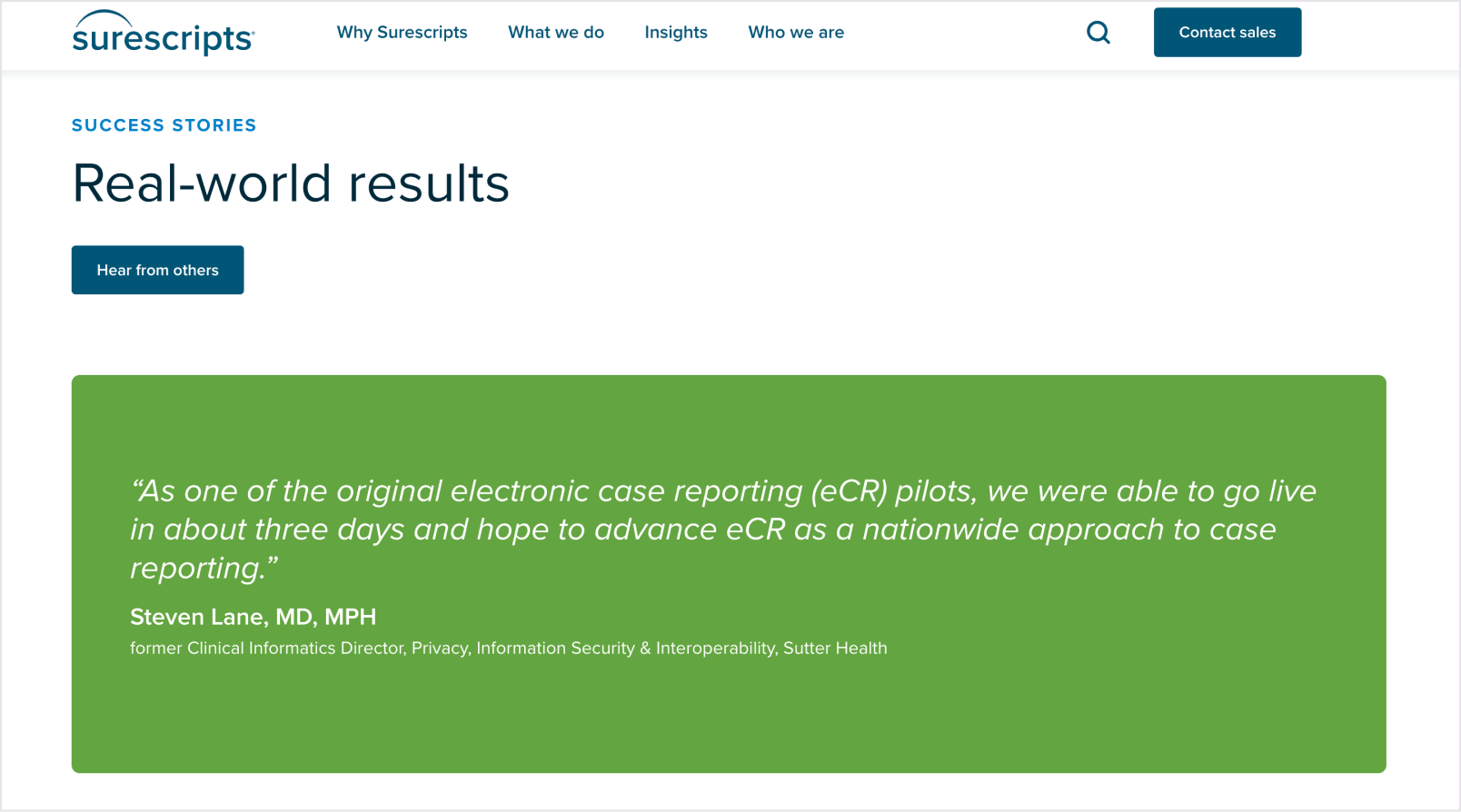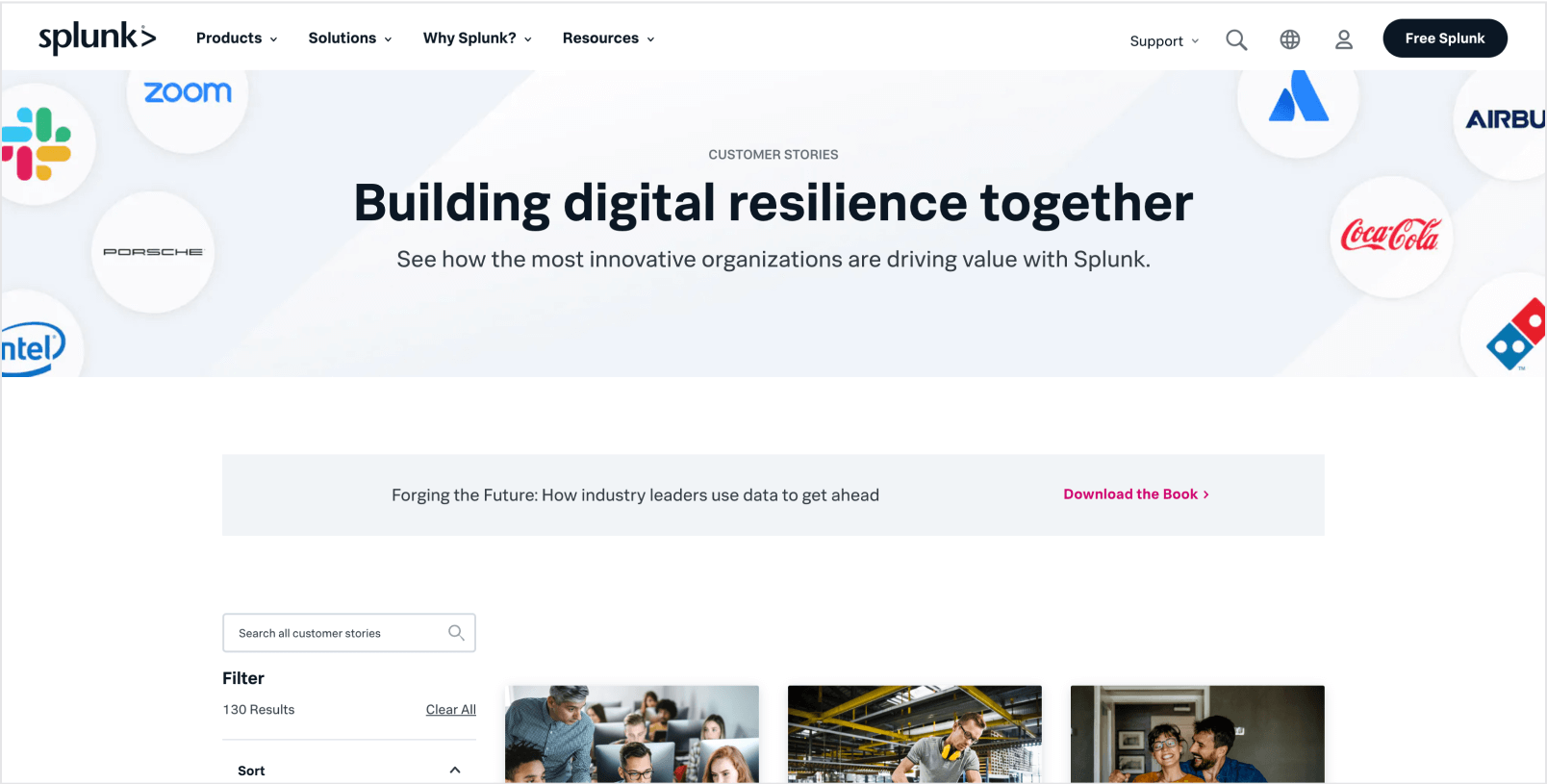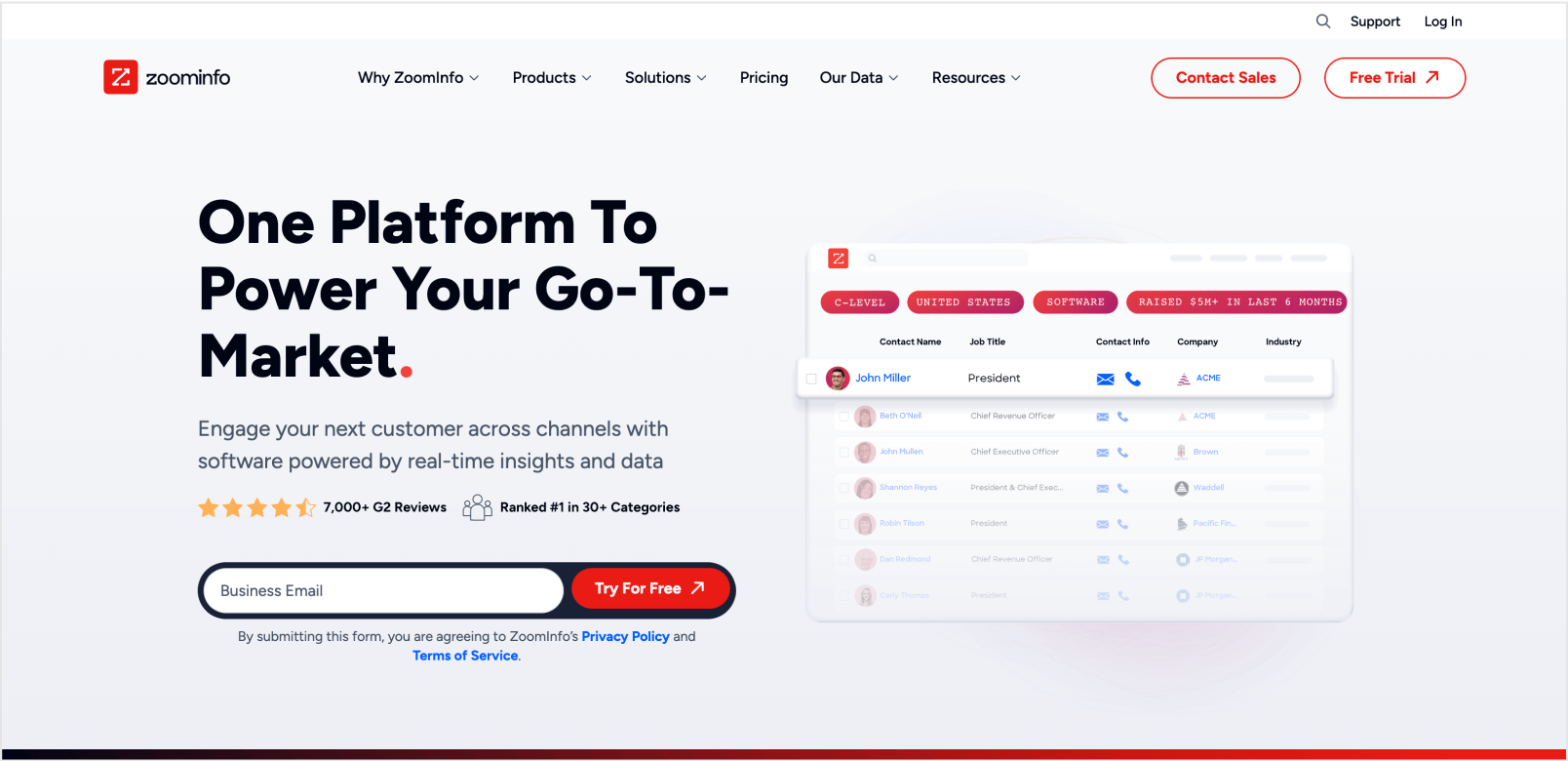No matter what industry you’re in, your website does a lot of heavy lifting—from spreading brand awareness and generating leads to deepening customer engagement and loyalty. Foundational to all of these things is trust. Your B2B website is your top tool for building trust with your customers and prospects. Without it, you’ve got no chance of establishing a successful long-term relationship.
One of the best ways to build trust is by using the voice of your existing customers—meaning testimonials, reviews, and case studies. Any kind of user-generated content will demonstrate to prospects and visitors that your customers trust you, so they can too. The customer voice helps to establish credibility and authenticity, while making brand experiences more relatable. It’s also a good way to demonstrate your customer-centricity and can help you establish a strong community of advocates.
Let’s look at some of the ways you can integrate the customer voice into your B2B website to build trust in your brand.
Client testimonials: straight from the source
A great way to drive immediate visitor engagement is by featuring testimonials on your homepage and key landing pages. Pull quotes probably jump to mind first, but we recommend using a variety of formats—you can also feature stats, video clips, and podcasts. To really highlight the value you provide, keep the focus on quantifiable results whenever possible.
Get creative with your content, too. If you have a case study, think about all the ways you can repurpose snippets throughout your website—for example, feature a pull quote on your homepage with a CTA driving to the case study and highlight a key stat on a relevant product or industry page. Surescripts does a good job of this.

Dig deeper with case studies and client stories
Longer form content can help you tell potential customers an even more compelling story. Written or recorded case studies and client stories should start by outlining the customer’s challenge or the problem you helped them overcome in a way that resonates with your target audience. Case studies should be succinct and follow a standardized format to make them easy to follow—a good basic structure is challenge, solution, results. Be sure to include quotes from real stakeholders for authenticity, and visual elements such as images, infographics, or videos to make the content more engaging and bring the story to life.
A dedicated customer stories or case studies page (like this one from Splunk) with filters by region, industry, and topic makes it easy for prospects to find the content that’s most relevant to them. For tips on how to create compelling case studies, check out our recent article.

Display reviews and ratings
For SaaS software and product-based businesses, customer reviews are especially impactful. They can help seal the deal for prospects who are ready to make a decision, so be sure to display them where they’re most impactful—ideally on product pages, near your pricing information, or at checkout, if you have one. While it may be tempting to only show your best reviews, featuring a mix will demonstrate transparency. Just take care to weed out the spam.
Tools like TrustRadius, G2, and Capterra make it easy for customers to write a review and easy for you to display them on your site. ZoomInfo is a good example of how to integrate a third-party review platform into your site. Or, you can custom build a review section. Either way, reviews and ratings help to establish trust and also act as a feedback loop for your company. Plus, they have some good SEO benefits, too.

Host community forums
Your customers are a valuable source of information and opinions about your products and company. Hosting community forums allows you to leverage this communal insight to your advantage, winning or deepening trust in your brand. To optimize engagement, establish clear navigation and user journey placement for each community—for example, developers, support, product feedback, and training. Place forum portals strategically on product pages and encourage users to join and share their knowledge.
Having a developer or support community in particular can help to build trust by demonstrating customer-centricity, strengthening your community, and giving your best brand advocates a voice. Check out the dedicated Sifters Customer Community for inspo.

Are you making the most of the customer voice?
To build trust with prospects, let your existing customers do the talking for you. If you’re not featuring the customer voice strategically throughout your B2B website, you’re missing a golden opportunity to make real connections and build lasting customer relationships.
Need help? Let us show you what Clear Digital can do to make sure your website is laying the foundation for long-term success in today’s dynamic and demanding digital business landscape.






